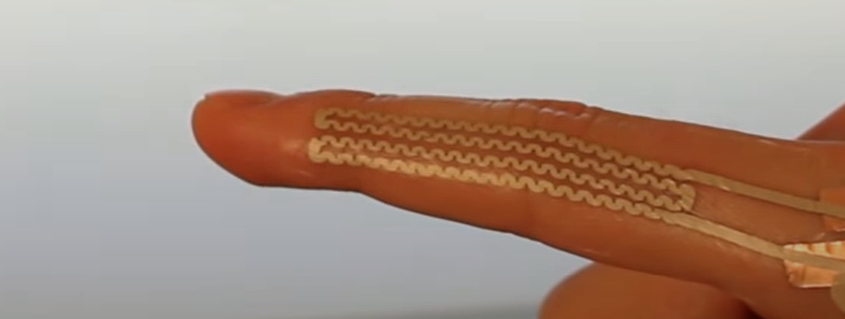Human-technology interfaces will drive our future: here are four innovative new wearables from Google Research
One of my oldest and most central themes in my work as a futurist is interfaces. How humans can and will interact with technology will shape not just our future, but indeed who are.
We have only relatively recently begun to move beyond keyboard, mouse and screen interfaces to voice and a handful of early-adopter gesture controls.
The tech giants well understand the importance of providing the most compelling interface.
Apple’s iPod is the exemplar of the superior interface, which kick-started the iTunes platform and through successive interface and platform building the Apple empire today.
Of course all the tech majors are pushing hard with voice assistants, which could be at the center of our future economy, and Facebook, Apple and Google most prominently are striving to be the leader in smartglasses.
However there are many other dimensions to the interfaces for the future, and all the large tech companies are experimenting with what could be some of the technologies we use in the future.
CNET has unearthed a series of projects by Interaction Lab, part of Google Research, some of them with external collaborators.
Below are descriptions and videos of four very interesting initiatives from Interaction Lab. See the article for more details.
1D Eyewear
1D Eyewear embed arrays of LEDs and holographic symbols in glasses frames. Computer-generated holograms (CGHs) allow transmissive, reflective or steerable display configurations for high-resolution symbols in normal-looking head-worn displays.
These are not as ambitious in scope smartglasses as some others, but they are using new technologies to display holographic icons and images to provide guidance to users, definitely interesting.
Grabity
A Wearable Haptic Interface for Simulating Weight and Grasping in Virtual Reality
For VR to become truly immersive it requires realistic ways of physically interacting with the virtual world, this could be valuable not just in game play but also remote collaboration.
SkinMarks
Novel skin-worn I/O devices for precisely localized input and output on fine body landmarks. SkinMarks comprise skin electronics on temporary rub-on tattoos. They conform to fine wrinkles and are compatible with strongly curved and elastic body locations.
Our skin body is a very obvious potential interface device, this looks like an interesting advance.
SmartSleeve
A deformable textile sensor, which can sense both surface gestures and deformation gestures in real-time.
This harks back to the very interesting but commercially unsuccessful Myo gesture control armband. The potential for detailed gesture control of a device like this is very high.


